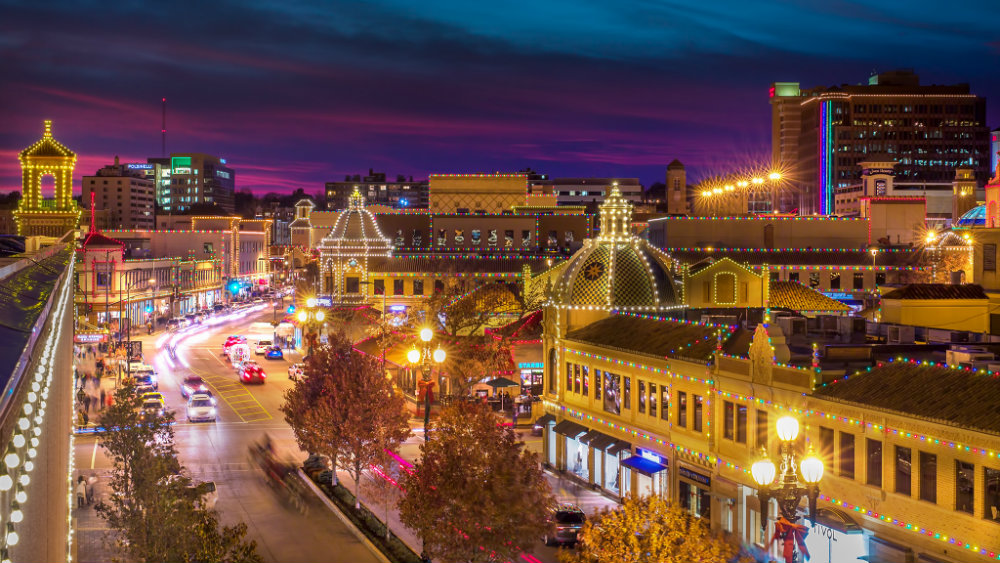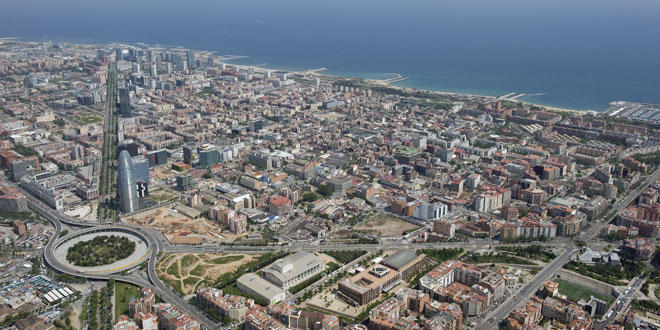What lessons do you think have been learnt from the first wave of IoT deployment in smart cities such as Barcelona?

In 2011, when we built the whole @22 district in Barcelona, we were focused on building the network and letting other companies take care of the rest. A few things started to emerge very clearly: the first one was that Barcelona is ahead of its time and is a great city to live in. There they realized smart cities are about citizens, economic jobs, employment creation, etc. They saw that there was an important trend toward urbanization, so things like parking time, lighting energy constraints, traffic, security, etc., were huge problems that needed solutions.
Technology is an enabler and can solve a lot of these problems, or at least help to reduce and optimize them. It solves problems like lighting and waste, and on the other hand environmental sensing is improving city planning and creating value in terms of cross-vertical capabilities and sharing data across agencies.
How do you work with all the different stakeholders on the integrated vision of a Smart City?
Across the board, between five to seven thousand cities are looking at becoming smart today. Cities have come to realize that digitization is the only way to go. Digitization means they will have to get agencies to collaborate with each other to improve the city operations, otherwise they are not going to be effective or competitive and people will go away to other cities. Once that is done, there are questions like: are you regularly integrated or are you following open standards?
For example, if you are at a traffic intersection, you are waiting for the signal to turn from red to green even though there are no other cars moving through the intersection. We are working with the Department of Transportation in the U.S., and now they are putting a sensor on top of a traffic pole, counting how many cars are there, and letting that determine what the signal should be at a given time based on that data. They are creating a vertically-integrated solution.
“The basic thing in Smart Cities is that they need to be connected: if they are not connected, they are not going to be ‘smart’.” Munish Khetrapal, Managing Director, Smart Cities and IoT, Cisco
When we talked to them, they asked if we could send that information from the sensor to our platform, and we would provide APIs back to their control systems so that they could continue to deliver that experience of automatic traffic control systems. We would share that data with a marketing agency that has a billboard diagonally opposite, so that when the signal is red they can charge double the amount of advertisement revenue and use that to fund traffic controls. The department wants to get away from vertical integration and have open standards. If you are vertically-integrated or closely-integrated you will lose value.
What do you think is the main driver for IoT investment by cities?
The entry-level focus areas are savings, operational efficiency, optimizing fleet management, lighting, infrastructure and creating smart controls. The second set of drivers is about revenue generation. Parking is a great revenue generator; enforcement is a revenue generator for the city; licensing is a third piece. We are seeing business models emerge where the city gives right-of-way to a service provider and in return gets bandwidth, so there is a trade happening there. The basic thing in Smart Cities is that they need to be connected: if they are not connected, they are not going to be “smart.” The third set is the overall sustainability and security agenda. If you are going to have security problems, people will be impacted and they will also spend time in courts and with insurance that will cost the city money at the end in an indirect form. So the third big driver is the socio-economic aspect of it, which has a direct impact on livability.

What do you think city governments can do to give their residents more ownership of IoT projects?
I will give you an example on how Kansas City and Jaipur are engaging their citizens: they are in constant communication with them. Every week they have an open hall where they talk about what they are doing, why they are implementing this technology, what its benefits are, etc. When we started this, many people were very skeptical, with a Big Brother attitude about their data and privacy. As cities started educating citizens, they suddenly began coming up with ideas for new projects, and toward the latter half of the education session, they were wondering why the cities had not done some of the things they were doing until now. Once you get the citizens along with you on that journey, they will contribute to operating the city. Now you can use crowd-sourced operations. That is the whole idea.
What is the biggest challenge for Cisco as an organization?
We need to have enough people who are quick to have a dialogue with citizens and cities about technology, and they need to be able to bring all the technological expertise to the table. There is security, IoT, cloud, mobility, collaboration; there are many technologies that get embedded into a simple cloud service and to scale that you need people. A Berkeley professor built a Smart City engineering course and we collaborated with him: we need the talent to come out and help us build supply, so that we can meet demand![]()





























